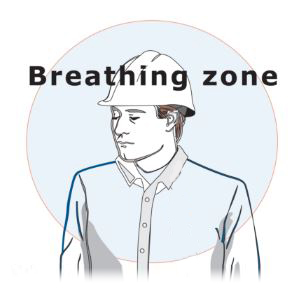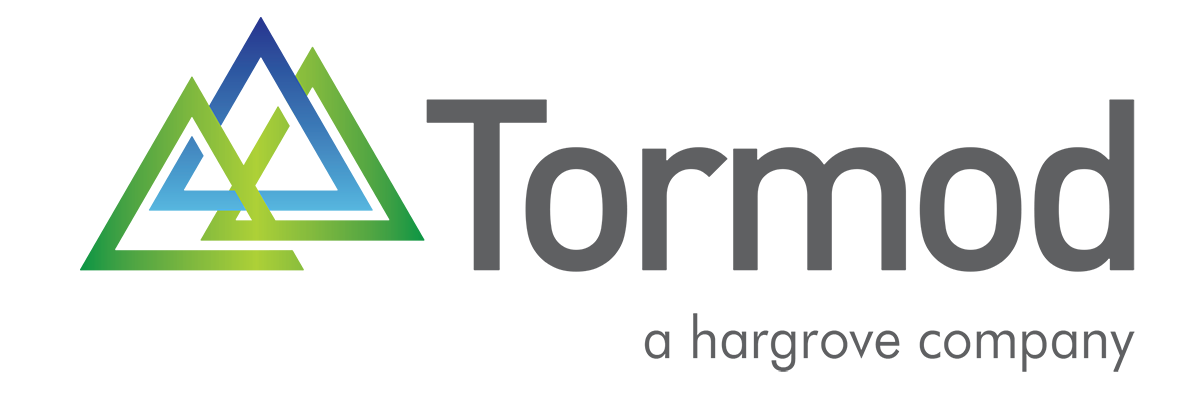When it comes to safety, most people think of events that cause immediate injury, but these are not the only risks to your personnel. Industrial Hygiene is concerned with the prevention of exposure to contaminants and/or physical agents that cause disease processes in the body. It addresses the long-term occupational health of your personnel.
What is Industrial Hygiene?
Occupational Industrial Hygiene is the discipline of anticipating, recognizing, evaluating, and controlling health hazards in the working environment with the objective of protecting worker health and safeguarding the community at large.
Personnel can be exposed to potential contaminants at your facility by four routes of entry:
- Inhalation
- Absorption
- Ingestion
- Injection
The best way to anticipate and identify risk is by performing a walk-through survey of a given process or area at your site. This approach will allow you to establish potential health risks, identify engineering controls, and establish what, where, and whom should be monitored. Once your process or area has been walked, you can develop a qualitative analysis that determines similarly exposed populations and develops a sampling plan for potential exposures.
Contaminants and/or Physical Agents to Sample during an IH Assessment
The next step is a sampling assessment. Samples must be collected in the breathing zone of the personnel being sampled. The breathing zone is a one-foot diameter area from your nose/mouth.
Some contaminants and physical agents to be sampled during the industrial hygiene assessments include:
- Noise
- Dust/Respirable and Total
- Volatile Organic Compounds (VOCs)
- Inorganic Compounds
- Metals from Welding & Grinding Operations
- Combustible Dust
- Quartz Silica
- Lead Paint
- Asbestos
- Radon
- Heat Stress
- Mold/Indoor Air Quality (IAQ)
- Radiation
Exposure sampling is conducted using a heat stress monitor, sample pump with sample media, passive badge, noise dosimeter, etc.
The photo below shows noise dosimetry in action (left), a WBGT monitor used to conduct Heat Stress Monitoring (center), and a sampling pump with a respirable dust sampling cassette attached (right).
Using Industry Standards
Once samples are collected, the results are compared to regulatory or guidance levels to determine if potential exposures are below the established occupational exposure limits (OELs).
The primary standard to compare against for industry regulatory compliance is the Occupational Safety and Health Administration (OSHA) Permissible Exposure Limits (PELs). Teams can also use the American Conference of Governmental Industrial Hygienists (ACGIH) Threshold Limit Values (TLVs) and the National Institute of Occupational Safety and Health (NIOSH) Recommended Exposure Limits (RELs).
Once laboratory analysis of the collected samples is complete, results should be compared to the most conservative established exposure limit. If results are above regulatory or guidance levels, controls should be developed and implemented whether engineering, administrative, or Personal Protective Equipment (PPE), to reduce potential for exposure to below regulatory or guidance levels.
Partnering with Tormod
Have you walked your process or area lately? Get a fresh perspective with Tormod. Our industry professionals will conduct a qualitative assessment of potential exposures within your facility. Our Team holds advanced degrees with cumulative knowledge of over 100 years.
We will work with you and your Team to eliminate potential exposures by identifying, quantifying, and controlling hazards.
Contact us today to learn more!


